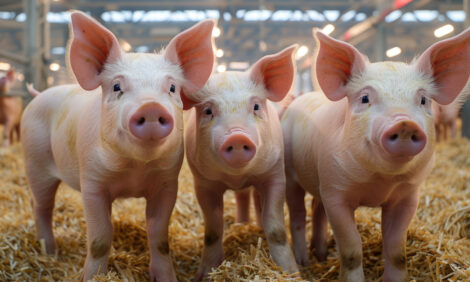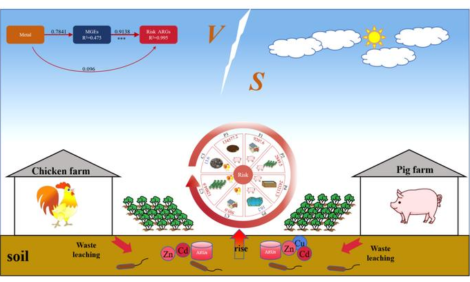



Sialic Acid Receptors and Influenza A Virus of Avian and Swine Origin in Experimentally Infected Pigs
New Danish research challenges the theory that the pig acts as a mixing vessel for human and avian influenza viruses.Pigs are considered susceptible to influenza A virus infections from different host origins because earlier studies have shown that they have receptors for both avian (sialic acid-alpha-2,3-terminal saccharides (SA-alpha-2,3)) and swine/human (SA-alpha-2,6) influenza viruses in the upper respiratory tract, explain Ramona Trebbien of the Technical University of Denmark in Copenhagen and co-authors there and at the University of Copenhagen. In their paper published recently in Virology Journal. they add that experimental and natural infections in pigs have been reported with influenza A virus from avian and human sources.
The Danish study investigated the receptor distribution in the entire respiratory tract of pigs using specific lectins Maackia Amurensis (MAA) I, and II, and Sambucus Nigra (SNA). Furthermore, the predilection sites of swine influenza virus (SIV) subtypes H1N1 and H1N2 as well as avian influenza virus (AIV) subtype H4N6 were investigated in the respiratory tract of experimentally infected pigs using immunohistochemical methods.
The researchers found that the SIV antigen was widely distributed in bronchi but was also present in epithelial cells of the nose, trachea, bronchioles and alveolar type I and II epithelial cells in severely affected animals. AIV was found in the lower respiratory tract, especially in alveolar type II epithelial cells and occasionally in bronchiolar epithelial cells. SA-alpha-2,6 was the predominant receptor in all areas of the respiratory tract with an average of 80 to 100 per cent lining at the epithelial cells. On the contrary, the SA-alpha-2,3 was not present (zero per cent) at epithelial cells of nose, trachea, and most bronchi but was found in small amounts in bronchioles, and in alveoli reaching an average of 20 to 40 per cent at the epithelial cells. Interestingly, the receptor expression of both SA-alpha-2,3 and 2,6 was markedly diminished in influenza infected areas compared to non-infected areas.
Trebbien and co-authors concluded that a difference in predilection sites between SIV and AIV virus was found, and this difference was in accordance with the distribution of the SA-alpha-2,6 and SA-alpha-2,3 receptor, respectively. The results indicated that the distribution of influenza A virus receptors in pigs is similar to that of humans and this, therefore, challenges the theory that the pig acts as a mixing vessel between human and avian influenza viruses. Furthermore, say the Danish researchers, it was shown that AIV prefers to infect alveolar type II epithelial cells in pigs. This corresponds with findings in humans, emphasising the resemblance between the two species.
Reference
Trebbien R., L.E. Larsen and B.M. Viuff. 2011. Distribution of sialic acid receptors and influenza A virus of avian and swine origin in experimentally infected pigs. Virology Journal, 8:434. doi:10.1186/1743-422X-8-434
Further Reading
| - | You can view the full report by clicking here. |
Further Reading
| |
- | Find out more information on influenza in pigs by clicking here. |
October 2011








